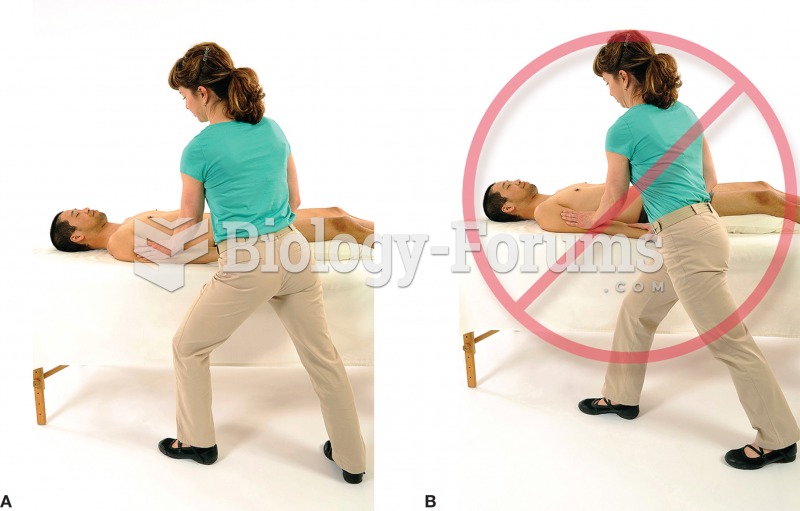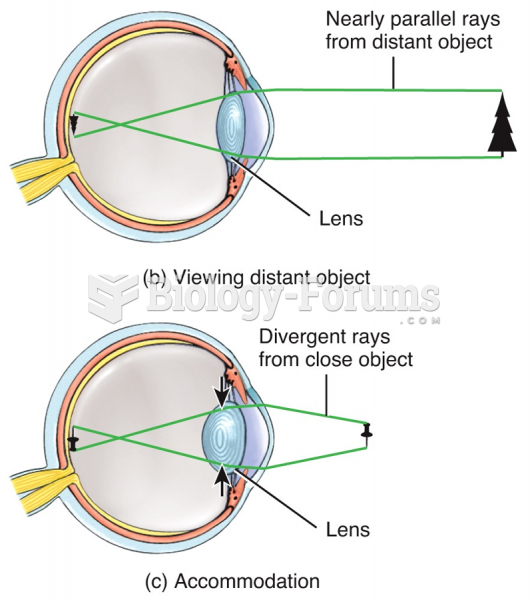|
|
|
Did you know?
The first monoclonal antibodies were made exclusively from mouse cells. Some are now fully human, which means they are likely to be safer and may be more effective than older monoclonal antibodies.
Did you know?
As many as 20% of Americans have been infected by the fungus known as Histoplasmosis. While most people are asymptomatic or only have slight symptoms, infection can progress to a rapid and potentially fatal superinfection.
Did you know?
In 1864, the first barbiturate (barbituric acid) was synthesized.
Did you know?
Green tea is able to stop the scent of garlic or onion from causing bad breath.
Did you know?
Nearly 31 million adults in America have a total cholesterol level that is more than 240 mg per dL.







